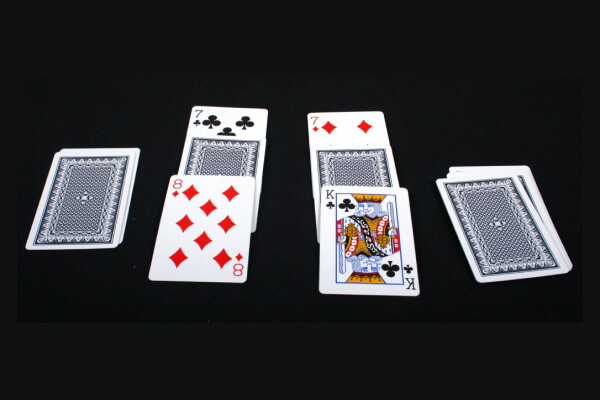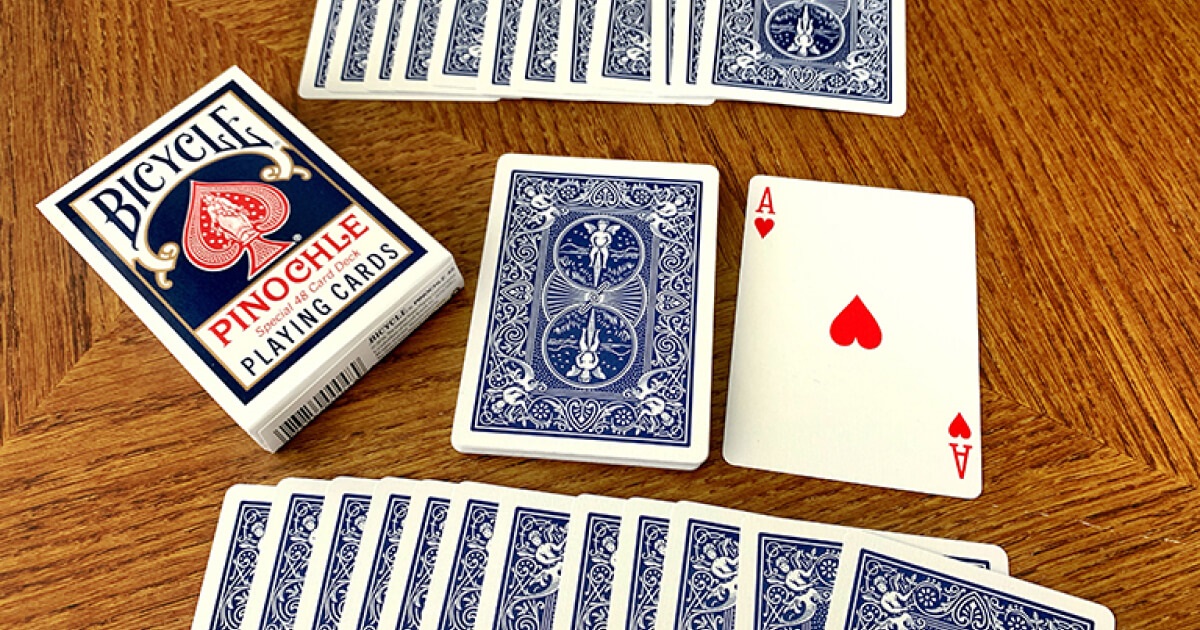War, also referred to as “I Declare War,” is a beloved traditional card game that is exciting and straightforward. Players of all ages may enjoy this game without the need for strategic thinking, which makes it ideal for families with young players.
Having the higher-ranking card in each round will let you capture all of your opponent’s cards. This tutorial offers a thorough explanation of how to play the card game War, including all the rules, gear, and game variants.
Here is a Guide on How to Play War the Card Game
What is the War Card Game?
Two players simultaneously flip over the top card from each of their decks; whomever possesses the higher card wins the round. The fundamental principles of War are: The game’s unique dependence on chance means that both adults and children might find it to be a straightforward and fun pastime. What makes it so intriguing are the thrill of winning cards and how every game is different.
Objective
The objective of War is to get every card in the deck. Until one player has gathered every card, players grab cards by starting each round with a higher-ranking card.
Number of Players
- Standard Game: 2 players
- Modified Rules: 3-4 players
Playing Time
The length of a game of War can vary widely, typically ranging from 10 to 45 minutes. However, it can extend much longer. Officially, the game ends when one player has all the cards. For a more structured game, consider setting a 15-minute timer.
When the timer runs out, players complete the current hand, count their cards, and the player with the most cards wins. Shuffling the winning cards helps to keep the game shorter by avoiding predictable patterns.
Also See: How to Play Speed Card Game | Rules And Setup
Equipment Needed
A standard deck of 52 playing cards (jokers removed).
Skills Developed
- Math: Basic number sense (higher, lower, matching).
- Social Skills: Turn-taking, handling wins and losses.
Recommended Age
While players of any age can enjoy War, it is most suitable for children aged 5 and older. Younger players can participate if they understand basic number concepts and can identify higher and lower numbers.
Why War is Great for Kids
Simple rules and lack of strategy of war make it perfect for teaching fundamental game-playing techniques like turn-taking and social interactions. Practicing number awareness and comparison helps younger children (ages 4–6) especially.
How to Play the War Card Game

Step 1: Gather Players and Cards
War requires two players and a standard deck of playing cards. Refer to the variations section for rules on playing with three or four players.
Step 2: Set Up the Game
Shuffle the deck and deal half of the cards (26) face-down to each player. Either player can deal as there is no positional advantage.
Step 3: Play the First Round
Both players simultaneously flip over the top card from their deck.
Step 4: Determine the Round Winner
There are two outcomes in each round: different card ranks (normal play) or matching card ranks (War).
Normal Play: The player with the higher card wins the round and takes both cards. Aces are high, followed by Kings, Queens, Jacks, and numbered cards. For example, if Player 1 flips a 7 and Player 2 flips a 3, Player 1 wins and takes both cards.
War: If the cards are of equal rank, a “War” ensues. Each player places three cards face-down and a fourth card face-up. The higher face-up card wins all the cards played. For example, if both players initially flip an 8, they each place three cards face-down and a fourth face-up. If Player 1’s fourth card is a 5 and Player 2’s is a 3, Player 1 wins all 10 cards.
Double War and Beyond
If the face-up cards during a War are again of equal rank, another War (Double War) occurs. Players place three more cards face-down and another face-up card. This process continues until a winner is determined.
For instance, if a Double War occurs with both players flipping a Jack, another set of three face-down cards and one face-up card will be played. The player with the higher face-up card wins all the cards from that round.
Step 5: Capture and Discard Pile
The winner of each round collects all the cards and places them in a face-up discard pile, separate from their draw deck.
Step 6: Continue Playing
Subsequent rounds follow the same process. The game progresses quickly, especially when there are no Wars.
Step 7: Declaring the Winner
The game finishes formally when one player runs out of all the cards or when a player fails a War. Playing using a timer stops the game when the timer runs out. After finishing their current hand, players count their cards; the one with the most cards wins. A player shuffles their discard pile to create a fresh draw deck when their draw deck runs empty.
Rules Summary
- The player with the higher card wins the round and takes both cards.
- Aces are high, and twos are low.
- In the event of a tie, a War is played. Each player places three cards face-down and one face-up to determine the winner.
- If a War results in another tie, the process repeats with additional cards until a winner is found.
- A player without enough cards to complete a War loses the game.
- When a draw deck runs out, shuffle the discard pile to form a new draw deck.
Variations of the War Card Game

Jokers
Some variations include Jokers, which are the highest-ranking cards. When using Jokers, they outrank Aces, followed by Kings, Queens, Jacks, and numbered cards.
Playing with Three Players
War can be modified for three players by dealing the cards evenly. If playing without Jokers, each player receives 17 cards, with one extra card placed in the center. The winner of the first round gets this bonus card. In Wars, only the players with matching high cards compete, while the third player sits out and loses their card to the War winner.
Playing with Four Players
For four players, the cards are dealt evenly, with each player receiving 13 cards. If using Jokers, the extra cards are placed in the center and awarded to the winner of the first round. During Wars, only players with matching high cards compete, while the others sit out and lose their cards to the War winner.
Addition War
In this variation, players flip two cards at a time and add their values. The player with the higher total wins. During a War, each player places one card face-down and two face-up, with the highest total winning.
No Shuffling
To avoid repeating patterns that can extend the game, some variations do not shuffle the discard pile when a draw deck runs out. Instead, players continue playing from the top of the pile.
Winning by Number of Wars
Another variation is to play until one player wins a set number of Wars, such as five. This can shorten the game and add a different layer of competition.
Conclusion
The War card game is a timeless and simple game that provides endless fun without requiring strategic thinking. Its easy-to-follow rules and the excitement of capturing cards make it an ideal choice for young children and family gatherings.
Whether you stick to the standard rules or explore variations like Joker inclusion or playing with additional players, War remains an engaging and entertaining card game. We hope this blog on how to play the game War with Cards is useful to the readers.




